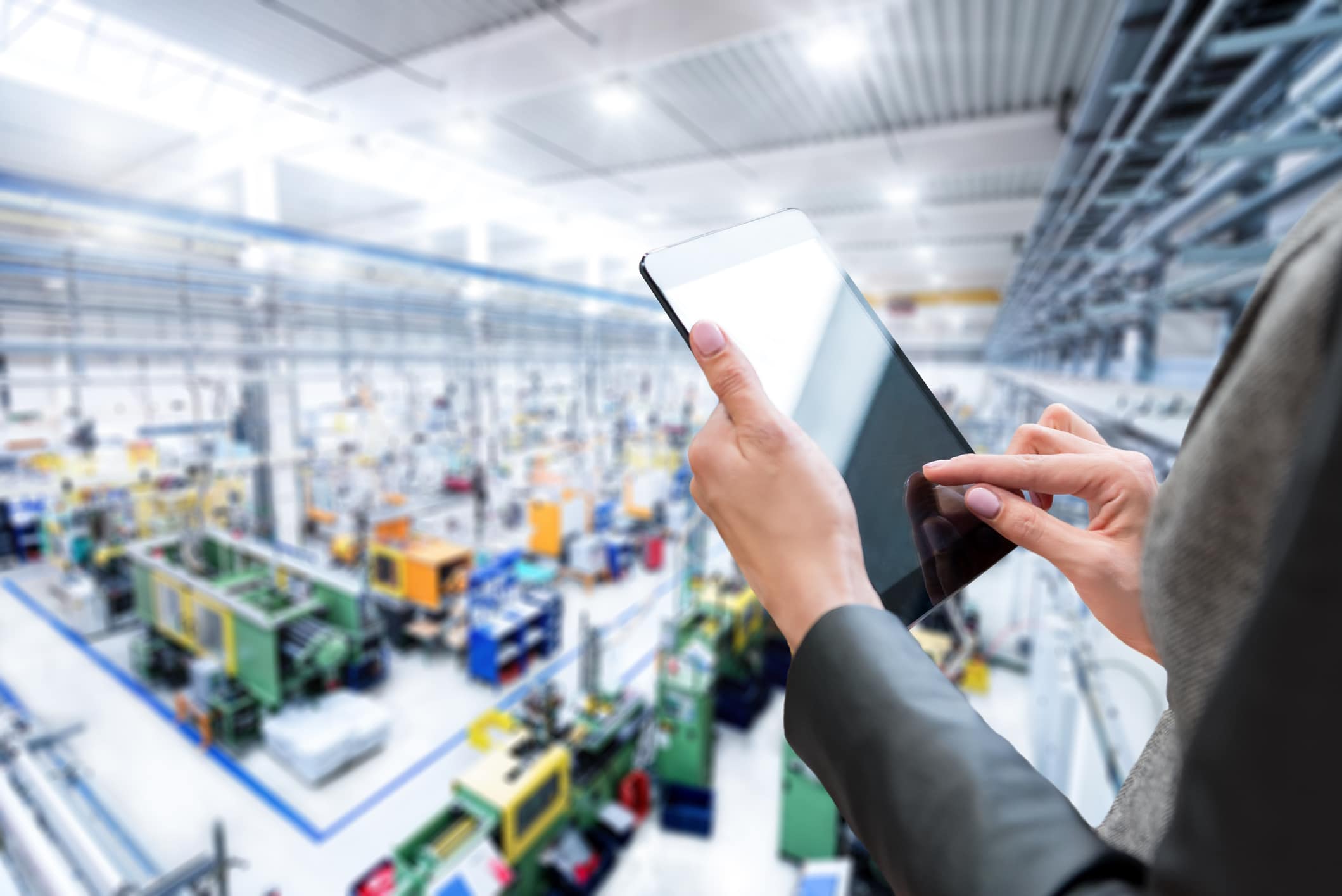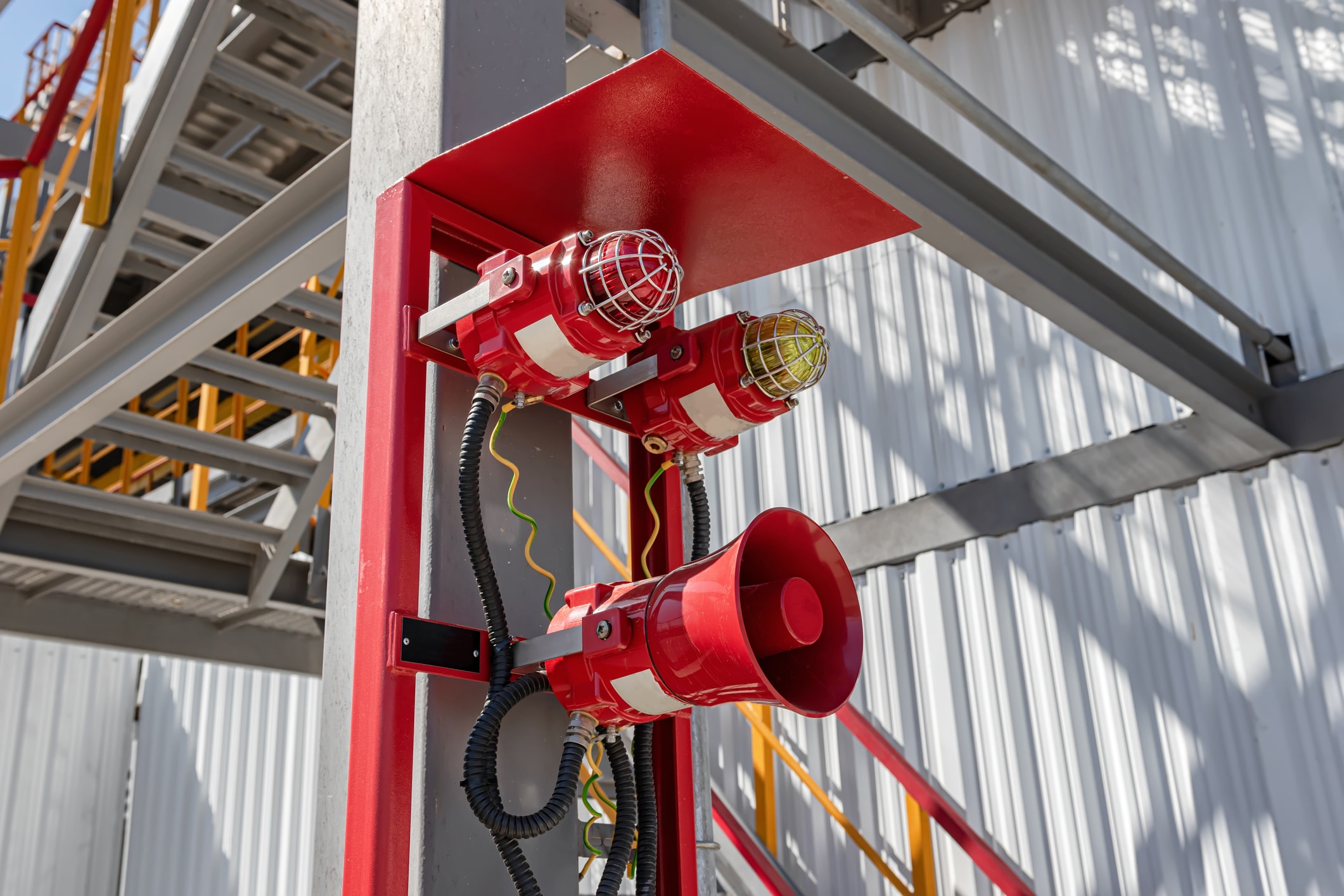Here we will explain how IOT factory automation will help increase your aftermarket sales. In the two previous articles in our series about the life of innovative machine manufacturers and their aftermarket (links at the bottom), we described the challenges for a machine manufacturer to build a profitable aftermarket. In this article, we focus on the aftermarket sales and the benefits of your aftermarket if you connect your machines to the cloud. It’s easier than you think.
Take advantage of your existing control system
If your machine already has a PLC or a similar control system, IOT factory automation will go smoother. Then your cloud solution will be able to give you exactly the same information from the machine as if you were on-site at your customer’s. Operating hours, load, number of stops, consumption of materials, tank levels, and other values are good signs of much-needed service, spare parts, or buying a brand-new machine. You will also be able to give your machine’s control system new instructions and settings via a secure communication solution. All of these are saving money for your service department, and you can avoid unnecessary travel or the cost of extra hardware for remote access. Even an older machine without a control system will be able to give you valuable information. Wireless sensors are getting better as prices fall.
 Your machines know exactly what is happening on the production floor of your customer. They can give you tips on business opportunities long before it’s too late. It always pays off to know your machines. About the image: In the United States, dollar bills are printed by the Federal Reserve. Production is done in two factories, one in Washington D.C. and one in Fort Worth, Texas. The production of Swedish banknotes has recently been moved from Tumba outside Stockholm to a newly built printing plant in Malta with more advanced machines.
Your machines know exactly what is happening on the production floor of your customer. They can give you tips on business opportunities long before it’s too late. It always pays off to know your machines. About the image: In the United States, dollar bills are printed by the Federal Reserve. Production is done in two factories, one in Washington D.C. and one in Fort Worth, Texas. The production of Swedish banknotes has recently been moved from Tumba outside Stockholm to a newly built printing plant in Malta with more advanced machines.IOT factory automation a cost-effective way to store machine data in the cloud
It is no coincidence that almost all major banks, car manufacturers, and authorities are moving their data and operating systems to the cloud. It costs less than buying the hardware yourself and hiring staff to take care of it. You only pay for the storage and services you use. It is also no coincidence that Microsoft, Amazon, Google, and other IT giants have their data in their own clouds. It is their own world-leading experts who are responsible for the security. For themselves and for their customers.
The best thing about the cloud is that you, your colleagues, and your customers can always access important information whenever you want and wherever you are. All access is safe and controlled according to the permissions assigned to different users by roles, geography, and area of responsibility. No installed software is required, just a standard web browser. This means that, in addition to your machine, you will be able to offer your customers completely new services. OEE, Overall Equipment Effectiveness, is an important measurement of how efficiently a machine is used in production based on how it’s utilized and the proportion of defective goods in production. A key figure that both your customer and you will benefit having joint access to.

Get a better overview and reduce duplication
When data from all your machines is gathered in one place at the same time, updated in real-time, and in the same format, you will be able to do a lot more that haven’t been able to before. You can compare machines or against a reference machine to see which values deviate and thus perform more effective troubleshooting. Another thing you can do is easily make lists sorted by different parameters. For machines with many stops, you can be proactive in servicing them. You will also know customers who run their machines at their max during all shifts so you can supply them with an additional machine.
You will save a lot of time by being able to update files and information to many customers at once. In addition to knowing that all users have access to the latest manuals and instructions, this also applies to various software. The control systems’ code and configurations can also be updated in a coordinated manner. You yourself will get a digital receipt that everything is going well and your own systems, such as the service book and in PLM / PIM, you can see in the version history which different updates have been made and when.
Alarm functions give you full control and additional sales
Traditional alarm functions are easier to handle in a cloud service. You can easily set your own alarm levels and program them to send notifications at a certain value. You can just as easily create advanced workflows. There you can see who has acted on the alarm’s various tasks and when, where and how they did. It’s also assuring to know that no information has ended up between the chairs. You will now know that the measures are also logged in other systems, such as the service book.
When you can see all machines’ alarms real-time, you’ll notice a big incline in additional aftermarket sales. That’s because the aftermarket sales and customer service personnel receive clear indications when a consumable is starting to run out or if a part of the machine needs to be serviced or replaced. In this way, you can reduce sales cold calling and have more data-driven contact with customers with noted needs. If you have a CRM, this alarm data can also create call sheets and activities for your sales department where you can see the response time from alarm to customer contact.
If your business model is based on delivering consumables, you can now also set alarms that track which customers sometimes shop from a competitor, in edition have more operating hours than what they bought consumables for.
 Make sure the machine’s alarm leads all the way to your sales department.
Make sure the machine’s alarm leads all the way to your sales department.IOT factory automation easily integrates with your other systems
All major cloud services today have really good tools and so-called APIs:s to connect your various systems. You avoid the actual work of having to copy and paste notes and values between the systems. Furthermore, you don’t have to worry about whether the systems’ information is up to date or not.
In future articles, we will take a closer look at integrations important for your aftermarket. How to take advantage of good synchronization between machine data, the PLM / PIM system, and your service book. If you already have a webshop, one of the articles will focus solely on how it benefits both you and your customer that this is also connected to the chain. This will speed up the orders and reduce the risk of incorrect items being ordered or being ordered by the wrong supplier. Stay tuned!
Do you want more tips and advice on how your connected machine can make money for you? Book an online meeting with us. We will give you a free consultation on how your company can increase sales in your aftermarket.
The series of articles about innovative machine manufacturers and their place in the aftermarket so far:
- The costs to avoid in your aftermarket
- Why the system support is deficient when it comes to the aftermarket
- IOT factory automation for increased aftermarket sales (this one)
- How your aftermarket benefits from a data-driven service book
- Industrial Iot services for increased sales in your aftermarket
- How to reach the goal of having great system support for your aftermarket
- (Subscribe)

